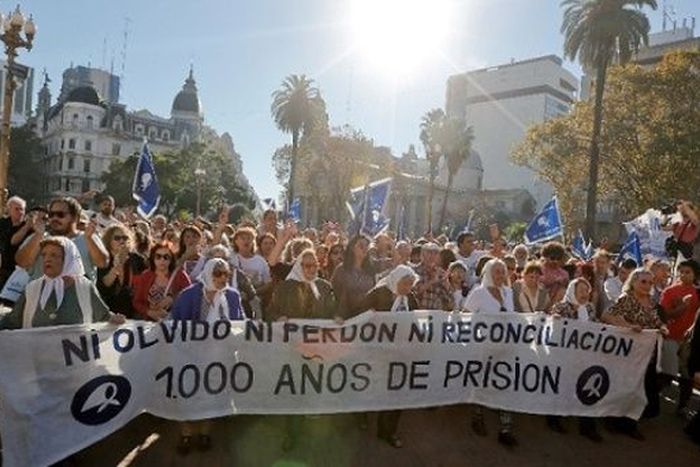
The law, 24.390, known as 2×1, could reduce the penalty and even release secondary participants from the last military civic dictatorship (1976-1983)
The controversial ruling approved by the Argentine Supreme Court, which declares applicable a law to reduce the number of people detained with crimes against humanity, would benefit 750 oppressors approximately.
The measure, which now generates the unanimous rejection of several political and human rights organizations, could allow such number of mass murderers to take advantage of the measure and demand their release, according to Infonews.
Many of those who committed such crimes do not yet have a firm condemnation of the causes brought forward in the search for memory, truth and justice.
The law, 24.390, known as 2×1, could reduce the penalty and even release secondary participants from the last military civic dictatorship (1976-1983), the source added.
The legislation could benefit those who received sentences less than 25 years, due to the time they spent in jail without a firm sentence.
A wave of disgust and indignation provoked here the Court’s ruling on the law, which was in force between 1994 and 2001, which was voted by judges Elena Highton, Horacio Rosenkrantz and Carlos Rosatti and rejected by magistrates Ricardo Lorenzetti and Juan Carlos Maqueda.
 Escambray ENGLISH EDITION
Escambray ENGLISH EDITION





Escambray reserves the right to publish comments.